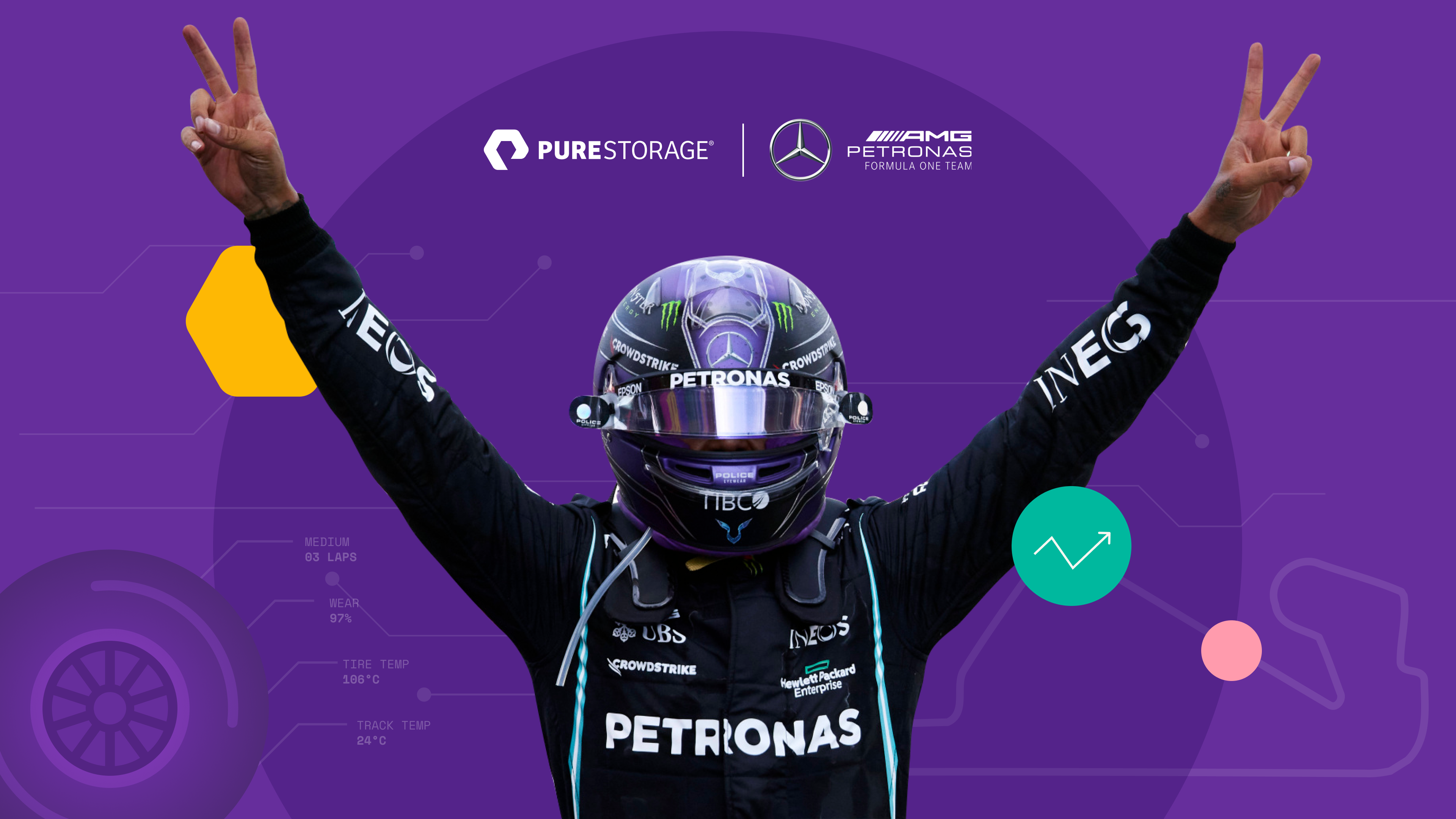
Five years ago, Lewis Hamilton could practically see the future. In The Bleacher Report, he explained how he faced criticism with what would become deep strategic vision, “I don’t drive by the seat of my pants and happen to win races. I work very hard to interpret the data and drive a certain way. My engineers have confidence in me, and more often than not, when I tell them what I need or what I am feeling with the car, it’s right.”
Now, on the heels of the recent Aramco Spanish Grand Prix, Hamilton and the Mercedes-AMG Petronas team pulled off yet another spectacular win. With just six laps to go during a tense, race-long battle, Hamilton overtook the leader and his victory marked a record-tying, fifth consecutive win in Barcelona. As the first driver in Formula 1 history to take 100 pole positions, Hamilton had a clear advantage on the Circuit de Barcelona-Catalunya.
But it was the team’s data-driven decisions that made the difference.
For much of the race, the Mercedes team trailed, but Hamilton was able to pull ahead thanks to a bold strategy to come in for a second pit stop to make adjustments, including changing tires. Data transmitted from the car’s tires, including measurements of wear, grip, temperature, and pressure, helped guide the team’s decision-making—ultimately placing them at the top of the leaderboard.
An Intelligent, Connected Data System Traveling over 200 MPH
In a sport where every millisecond counts, time is critical, and everything hinges on the data. For Mercedes-AMG Petronas, both pre-race strategies and on-track decisions are made with big data analytics measuring every aspect of its cars, as well as track conditions and driver responsiveness. Hundreds of sensors across the cars and drivers are continuously monitoring and transmitting data—all used to uncover insights that would never be visible to the human eye. With real-time data streams driving every decision, data performance must be continuously up to the challenge of demanding workloads and environments. Lagging response times aren’t an option.
Addressing the Need for Speed
When Mercedes-AMG Petronas started experiencing exponential growth in data as new simulators and dynos were brought online, the team realized they needed to modernize their data infrastructure. To gain the performance required from a growing number of applications, the team made a strategic decision to standardize to a single storage vendor—Pure Storage®.
I don’t drive by the seat of my pants and happen to win races. I work very hard to interpret the data and drive a certain way. Lewis Hamilton
By migrating three petabytes of data to FlashArray™ and FlashBlade®, Mercedes-AMG Petronas optimized functionality at an applicational system level. Query times for key database applications were 90% faster. And at the track, the team experienced a 66% improvement in opening raw data files and a 5x improvement on structured data in database queries. Along with enhanced data performance, the team also experienced a 68% reduction in data center rack space, with an infrastructure that is more portable and scalable.
Big Data Drives Big Decisions
In F1 perhaps more than any other sport, big data analytics are critical to gain a competitive edge. And as the application of data continues to proliferate, with the use of artificial intelligence, machine learning, predictive analytics, and more, modern data storage will increasingly be the essential element to gain peak performance and win the race.
After all, if a record-setting driver with the most wins, pole positions, and podium finishes in Formula One history could see a future standing on a foundation of data excellence, so should any business.
Stay tuned for another update when Mercedes-AMG Petronas vies to capture the checkered flag at the Grand Prix de Monaco!
